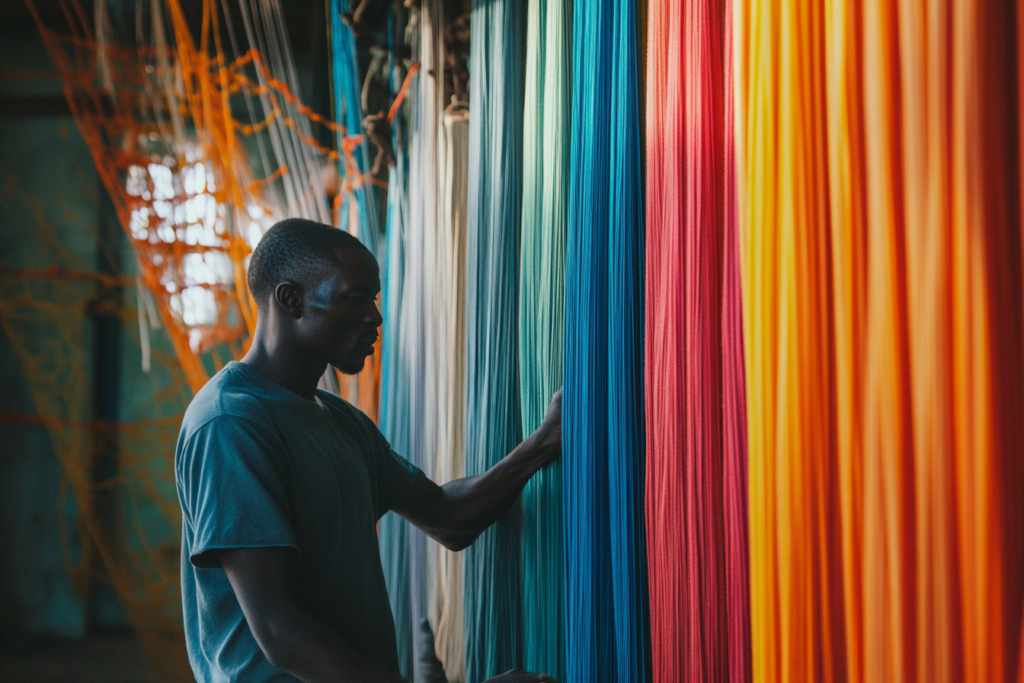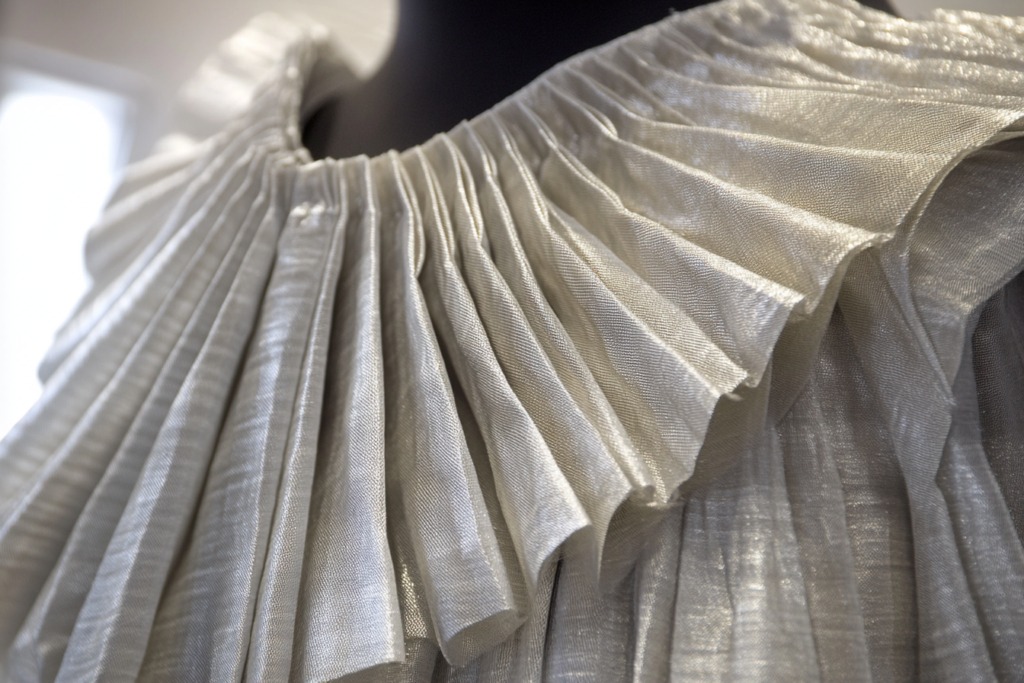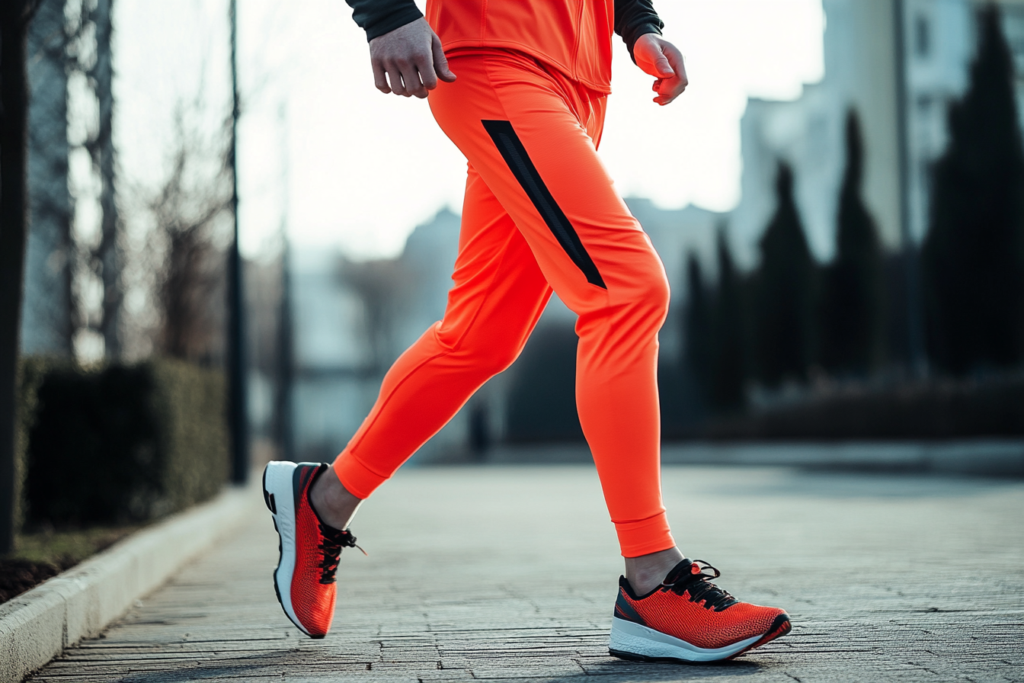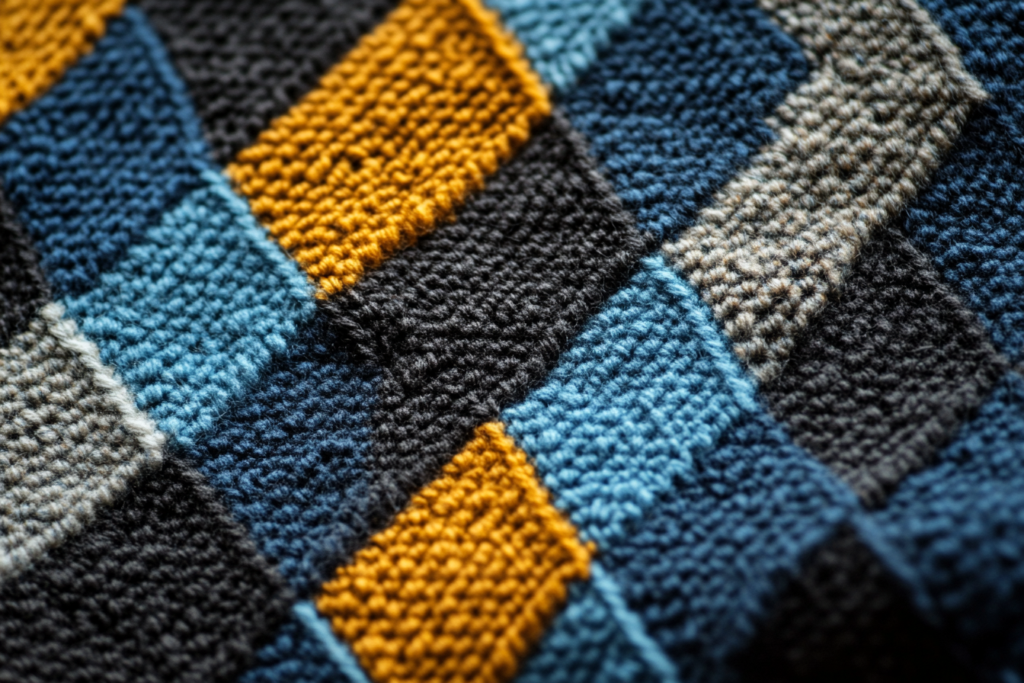Warp Knitting: The Technique Behind Durable and Stretchable Fabrics
Meta Description: Warp knitting is a knitting method where yarns zigzag in a pattern. Discover how this technique creates warp knitted fabrics like twill wool scarves, raschel, and Milanese fabrics.
What is Warp Knitting?
Warp knitting is a type of knitting method that uses a specialized knitting machine to create fabrics by feeding yarns in a zigzag pattern. The machine allows the yarn to move in a back-and-forth motion, creating a fabric that has loops running both horizontally and vertically. This method is different from weft knitting, which uses yarns fed across the width of the fabric.
In warp knitting, the yarn is fed vertically (lengthwise) through the fabric while moving back and forth to create the zigzag pattern. The result is a fabric that is stronger and more durable compared to weft-knitted fabrics, while still being stretchable.
Common examples of warp knitted fabrics include warp twill wool scarves, raschel fabrics, and Milanese fabrics, each having specific characteristics based on how the yarns are interlaced and the type of machine used.
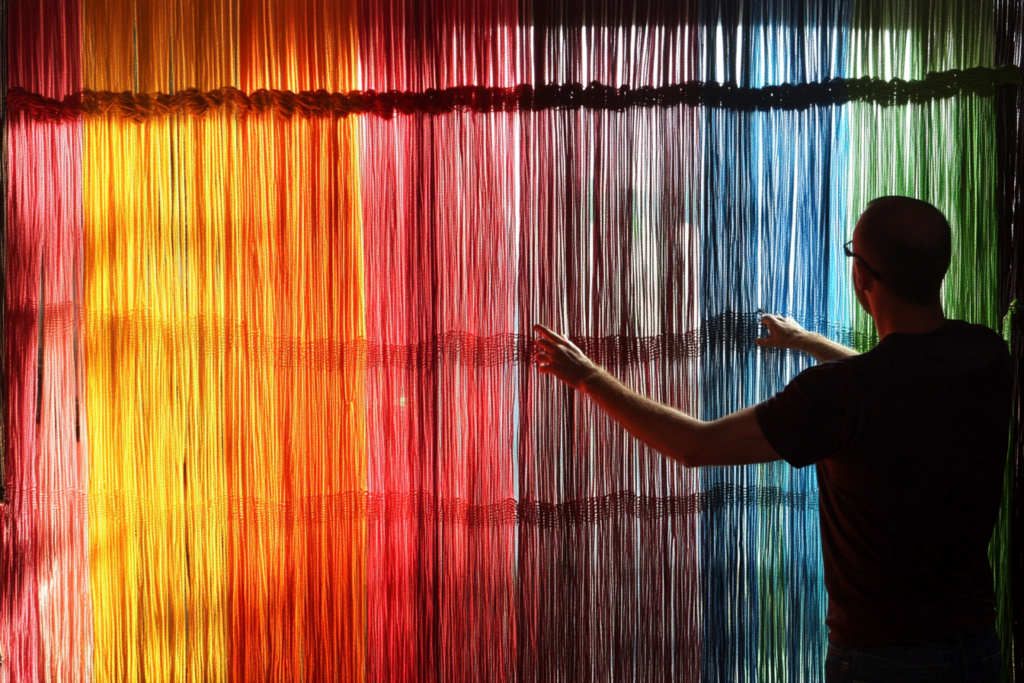

How Does Warp Knitting Work?
📌 Knitting Machine Setup
- Warp knitting machines use a series of needles arranged on a machine bed. The yarn is fed from beams in the form of warp threads that run vertically. These threads are then manipulated to create loops that run both vertically and horizontally. The yarn moves across the fabric in a zigzag pattern, allowing for strong, flexible fabric production.
📌 Zigzag Pattern Formation
- As the yarn moves back and forth on the machine, it interlocks with the adjacent yarns, creating a distinctive zigzag pattern that gives the fabric its unique texture and stretchability. This pattern is achieved by the machine’s needles that work in coordination, forming continuous loops across the fabric width.
📌 Types of Warp Knitted Fabrics
- Warp twill wool scarves: These are woven fabrics created using warp knitting techniques that feature a diagonal pattern. They are typically used for scarves and other accessories, offering flexibility and a rich texture.
- Raschel fabrics: Known for their open, lacy appearance, these fabrics are often used in textiles for home décor, lingerie, and sportswear. The open construction allows for breathability and lightness.
- Milanese fabrics: This type of warp knitted fabric has a more dense structure and is used for more structured garments like suits and coats. The yarns in Milanese fabric form compact loops that provide strength while still offering some elasticity.
Advantages of Warp Knitting
📌 Durability
- Warp-knitted fabrics are known for their durability due to the interlocking nature of the zigzag pattern. The strength of the fabric makes it ideal for items that undergo regular wear and tear, such as outerwear, sportswear, and industrial textiles.
📌 Stretchability
- Warp knitting allows fabrics to maintain a degree of elasticity, making them stretchable in different directions. This characteristic is particularly useful for garments that require flexibility, such as activewear, swimwear, and sports gear.
📌 Versatility
- Warp knitting is used to create a wide range of fabrics, from lightweight, breathable materials to heavier, more durable textiles. Whether you’re looking for delicate lace or strong fabrics for outerwear, warp knitting offers the flexibility to create diverse textile types.
📌 Faster Production
- The warp knitting machine enables faster production of fabrics compared to traditional hand-knitting techniques, making it an efficient process for large-scale textile manufacturing.
Applications of Warp Knitted Fabrics
📌 Apparel and Activewear
- Warp knitted fabrics are widely used in the creation of activewear, sportswear, and performance fabrics. Their stretchability and durability make them ideal for garments that require comfort and flexibility, such as athletic pants, tights, and compression wear.
📌 Home Textiles
- Fabrics like raschel fabrics are often used in home textiles such as curtains, upholstery, and bedding. Their lightweight and breathable nature make them ideal for creating decorative and functional textiles.
📌 Accessories
- Warp twill wool scarves and similar fabrics are popular in accessory design due to their rich texture and ability to provide both warmth and style. The woven look of warp-knitted wool also lends itself well to scarves, shawls, and blankets.
Illustration of Warp Knitting Process
Here is an illustration showing the process of warp knitting, including the zigzag pattern formed by the vertical yarns and the different types of fabric produced, such as warp twill wool scarves, raschel fabrics, and Milanese fabrics.

Conclusion: The Power of Warp Knitting in Textile Production
Warp knitting plays a pivotal role in creating stretchable, durable, and versatile fabrics that are used in a variety of applications. From activewear and sportswear to home textiles and accessories, the zigzag pattern created through warp knitting provides the elasticity and strength needed for high-performance fabrics. Whether you are looking for a delicate lace or a strong outerwear fabric, warp knitting offers an ideal solution for producing a diverse range of textiles.
